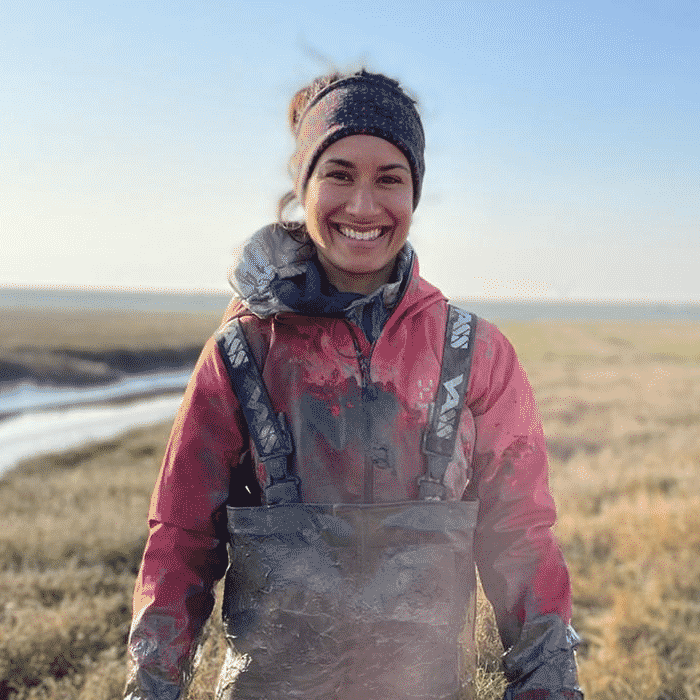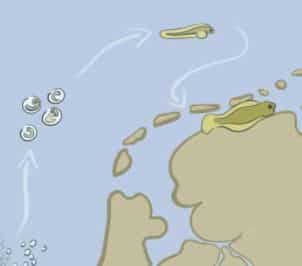WHAT DO THE EDGES OF THE WAD MEAN FOR FISH?
The Wadden Sea is known to be a nursery for many fish living in the North Sea. Traditionally, fish monitoring in the Wadden Sea has focused on surveying the channels, but the salt marshes are also thought to be crucial for young fish.
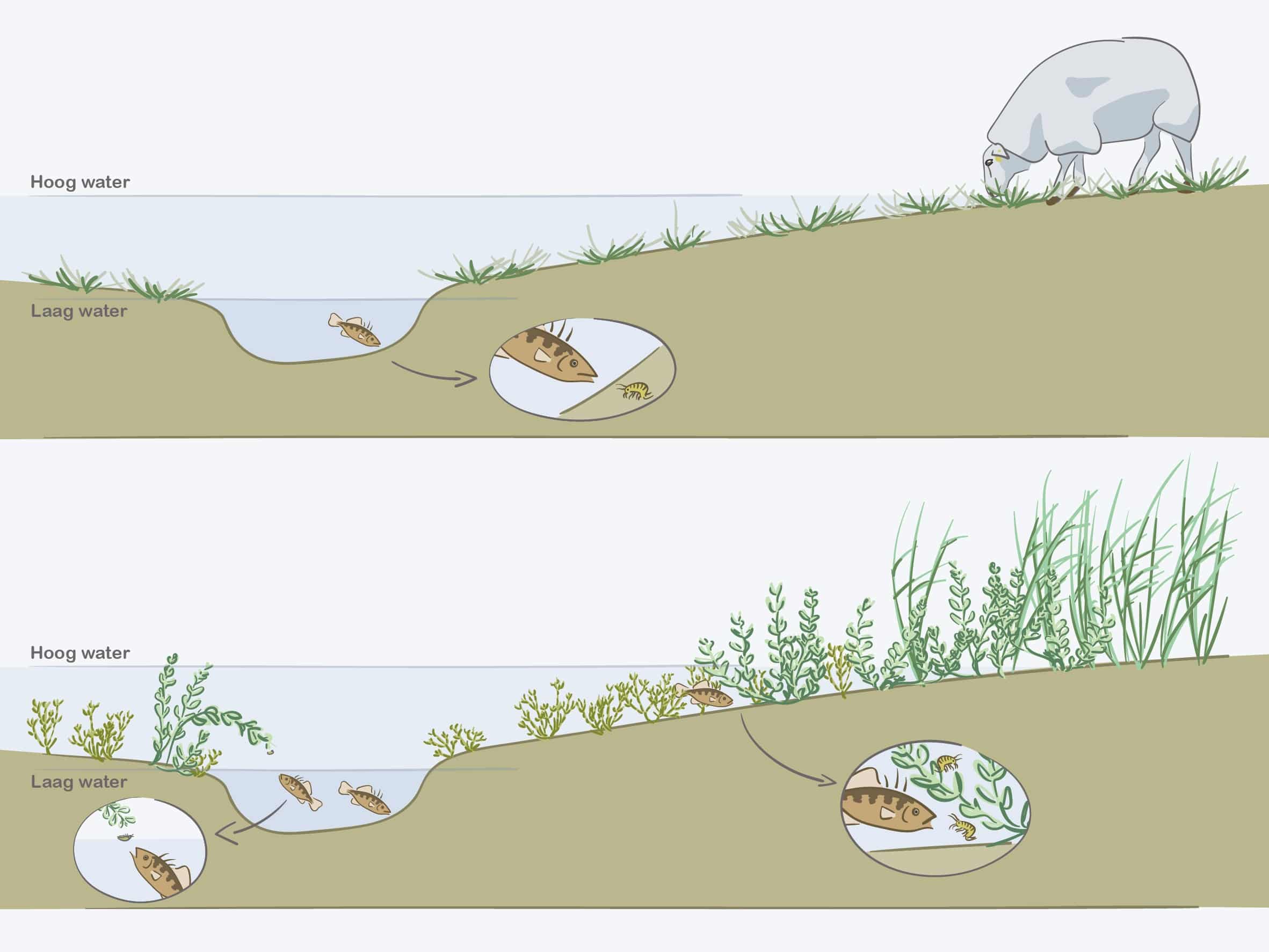
With the right vegetation, salt marshes offer food for fish in the form of amphipods and insects. This study therefore experiments with various forms of grazing and water management on the salt marshes.
Salt marshes
The nature value of salt marshes has long been known, but mainly because of their special vegetation and function as a high-water refuge and foraging area for birds. Research elsewhere, in France and Germany for example, has shown that salt marshes are also very important for fish. Small fish – such as three-spined stickleback, herring, sprat, smelt and goby – hide in the small coves and feed there on small animals such as bristle worms, amphipods and shrimps. During high tide, some species swim up onto the salt marsh to hunt for amphipods. Some fish also eat insects that fall from overhanging salt-marsh plants into the gully. The way in which the salt marsh and the waters are managed (the degree of grazing) seems to influence the availability of amphipods and insects for fish. The aim of this study is to investigate which management measures will help make the salt marshes a better habitat for fish.
Dikes
The dikes, which form the ‘hard edges’ of the Wadden Sea, can also offer young fish shelter and food. A smooth, bare dike probably has less to offer than a dike with more structure, in the form of hollows and substrate that mussels, anemones and sea squirts can attach themselves to. We are investigating the role that dikes can play for fish and how this role can be improved, for example by adding natural materials with more structure to them.
HOW WILL WE INVESTIGATE THIS?
Determining year-round use of salt marshes by fish
Different salt-marsh systems along the coast of the islands and the mainland of Friesland and Groningen are sampled throughout the year using traps. This way we can investigate how the salt marshes are used by various fish species. The natural conditions, such as salinity, vary in the selected salt marshes and the management of the salt marshes also differs.
Experimenting with vegetation management
Several experiments are planned at the different salt-marsh locations. On the mainland salt marshes, experiments will be done with various grazing regimes to study the effect on fish.
Experimenting with water management
On the artificial salt marshes of Groningen (the kwelderwerken), the water management strategies determine the amount of water in the higher areas and the salt content of the water. Together with Rijkswaterstaat and Het Groninger Landschap, we are experimenting with various forms of water management to investigate their effect on fish. We are also constructing artificial pools to see if these can provide food and breeding habitats for fish.
Determining the contribution of improved fish stocks to the food web
The fish that inhabit the salt marshes in turn provide food for other animals. By analysing the stomach contents of larger fish and the faeces of birds, we can determine the contribution of fish to the wider salt-marsh ecosystem. This feeds into long-term research carried out on the salt marshes on the Wadden island of Schiermonnikoog.
Enriching the dike foot
At several locations, the dike foot will be enriched with reef structures to create a habitat for fish. Shell material and live shellfish will be introduced, which might serve as hiding places and breeding habitats for fish.
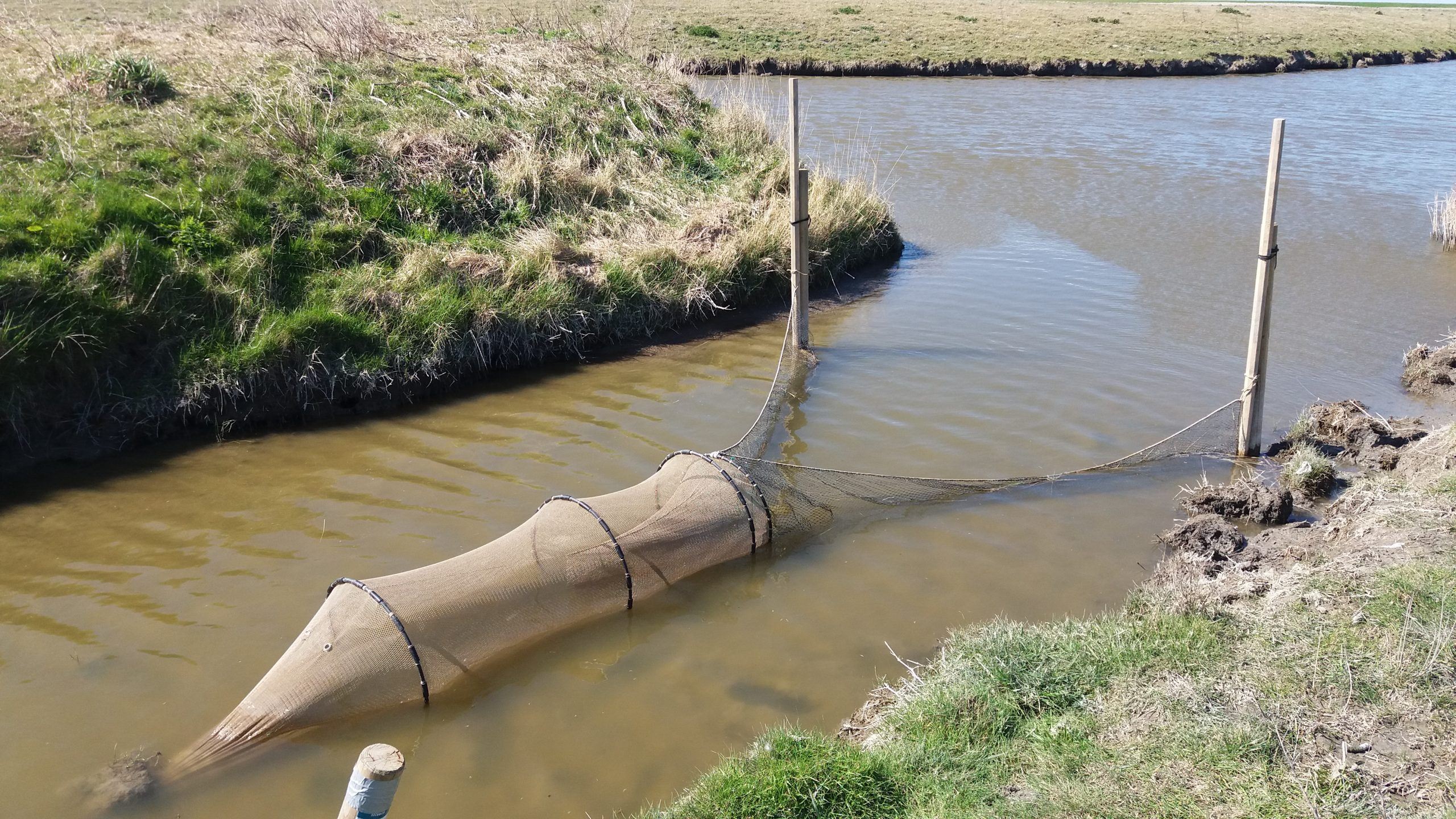
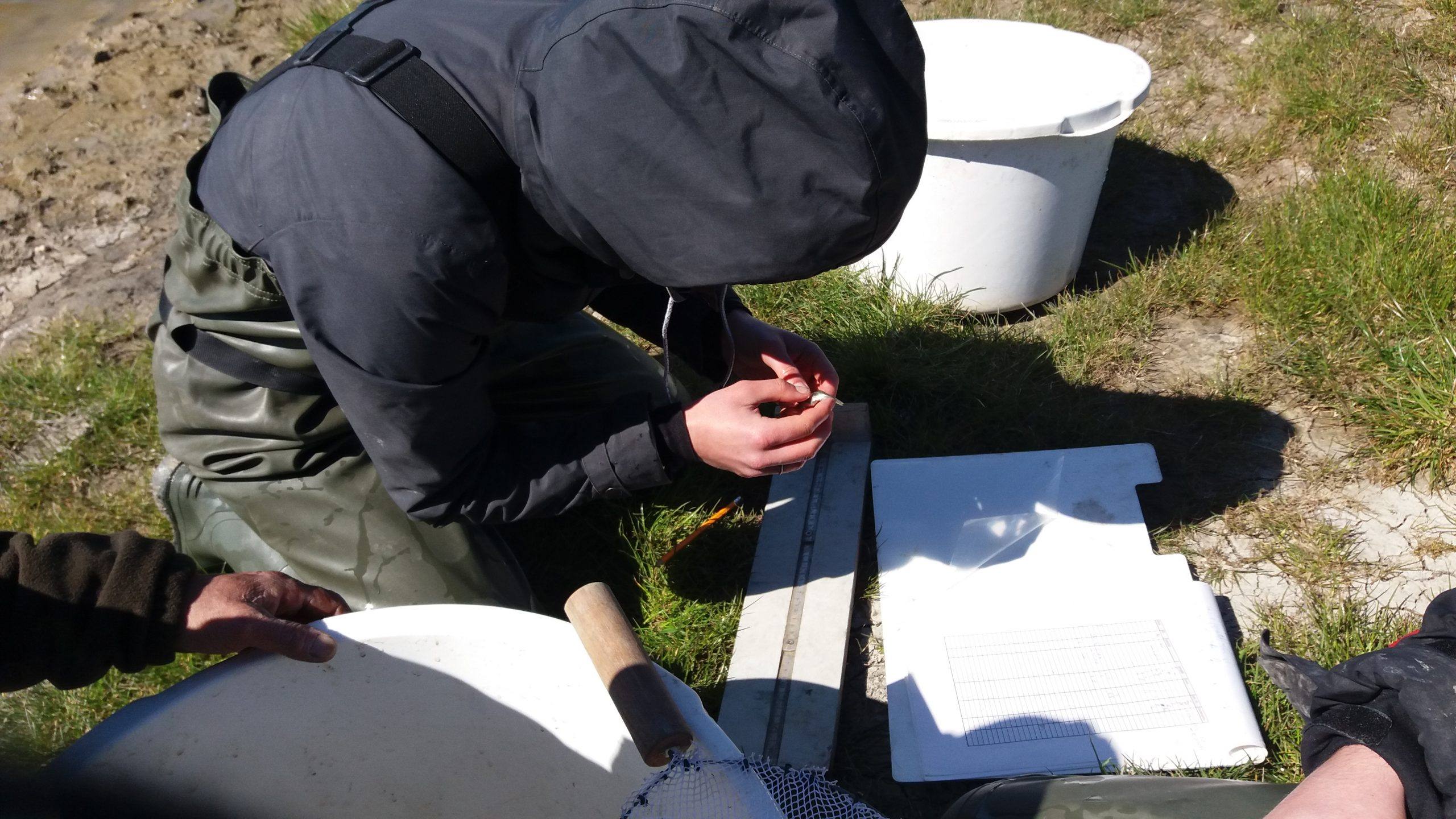
Who?
Research institute: University of Groningen
PhD Researcher: Hannah Charan-Dixon
